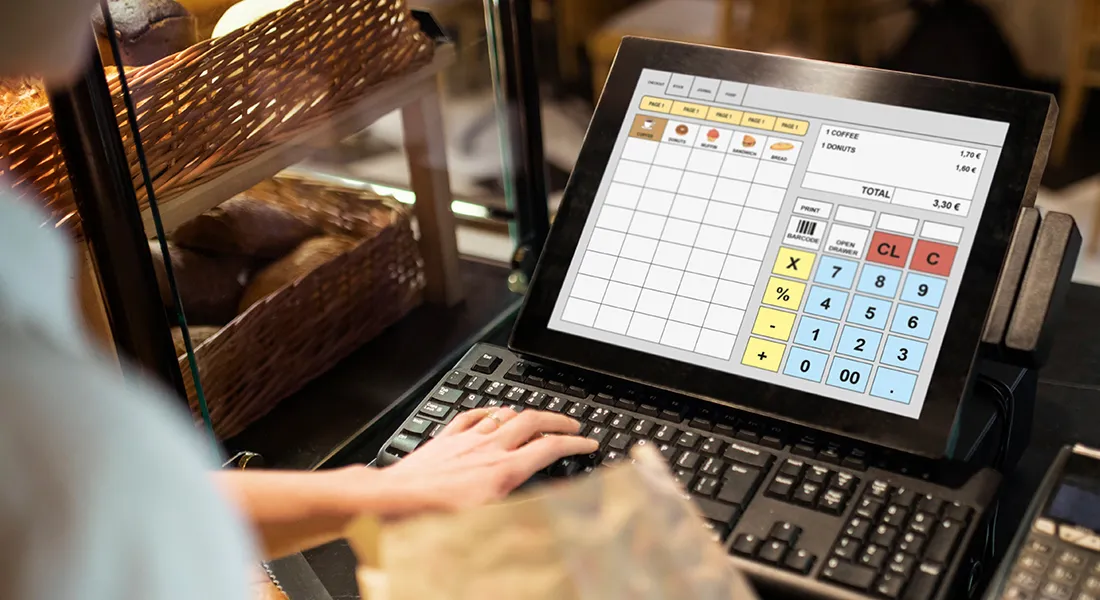

Moving at a rapid pace in a dynamic environment, retail businesses operate in a different landscape today. Financial clarity is more than a necessity for retail businesses-a competitive advantage. The daily juggling of sales, payroll processing, inventory management, and tax returns is just the tip of the iceberg on a new retailer’s responsibilities. At the heart of all these fundamental functions is accounting strong enough to provide business owners with the ability to control, make decisions driven by data, and compare themselves against the changing financial regulations.
Penalties for falling short under new compliance frameworks will issue up for smooth operation while such strides into adapting innovations such as accounting e-invoicing in Saudi Arabia become increasingly digitized in the financial sector. In this complete guide, we will talk about how precise accounting information influences every corner of retail operations-from inventory management to understanding gross margins and forecasting growth. You’ll learn how accounting serves as the backbone of retail success by offering transparency, efficiency, and strategic insight.
Whether you’re running single outlet or multi-store chain, having a firm mastery of accounting processes can stand in well for optimizing expenditure, reducing error, and ensuring financial fitness. Keep reading to realize the ideal practices, common pitfalls, and tailoring accounting systems per your retail vision and goals now and in years to come.
Retail accounting is a peculiar type of inventory valuation popularized in many retail establishments as a way of simplifying financial tracking in accounting. Though retail in its name, this specialty empties all preconceptions about traditional accounting principles. Instead of taking an actual count on every item, for example, a retailer can adopt this method to define the value of its inventory under the presumption of uniform pricing by unit type when prices change. That is, every item from that type would be deemed to be priced and priced changed such that underprice estimations, retail accounting eliminates the need for physical stock count to take calculations, allows faster reports, and sheds light on inventory values almost immediately.
The major simplification comes in inventory management, focused on pricing of items rather than keeping constant checks of physical stock. This proves a great advantage especially to multi-store companies, for whom counting every item in each building would have taken a lengthy time. Price-based estimations can be employed by business owners at reduced intrusiveness so as to be able to better control the business without needing frequent stops from operation for carrying out manual counts of everything in stock.
One of the advantages of retail accounting is that it is simple. Since all like items have the same cost and are the subject of the same price changes, calculating inventory becomes very easy. This creates simplicity in data entry and the preparation of financial statements, thus giving people time to plan business activities and work on the day-to-day operations.
Lower interruptions and lower labor costs come with less manual inventory checking. Without needing to close the stores for counting or pay added salaries for after-hours work, those costs can be diverted elsewhere. Occasional on-hand checks are still necessary, but the overall savings in time and money make this method worthwhile in day-to-day operations.
Whenever there is an on-and-off change in product prices, retail accounting becomes questionable. It assumes that identical products carry the same selling price and experience the same change, which is just not a true reflection of the pricing reality on the ground. Therefore, the inventory value could be understated or overstated in such instances that might result in wrong financial data affecting decision-making and therefore rendering the report inaccurate for the long run.
Retail accounting is an estimate and does not give a true inventory value. This is because it assumes uniform selling price across the whole item, even when it is not. If your business depends on actual pricing and accurate financials, doing account only by estimates may not work for you, particularly where you need real figures for reporting or financial planning.
When discounts or promotions are involved, retail accounting tends to give unrealistic figures. By assuming a uniform markup, the method does not take into account that wholesale items sold at discount prices during promotions might have caused discrepancies in sales revenue realization against tangible inventory value, making it harder to analyze profitability during and after a promotion.
In spite of retail accounting, one still has to keep track of invoices for payment and how many goods remain unsold. Various accepted methods exist for costing purposes, and selection of the proper one would matter. It would help to clearly write down which one you select, especially for tax reporting issues, so that there is no way for anyone to confuse or question any of your choices down the road.
Inventory: A Retail Perspective
Perhaps the most important aspect in Accounting Information for Retail Businesses deals with how inventory is valued. Should there be stability in the markup of the product, the retail method conveniently computes costs. Using the cost-to-retail ratio (the result of cost divided by selling price), this method can estimate goods sold and your ending inventory. It is effective for retailing in terms of cost and convenience when exact tracking of inventory item-wise is not mandated, particularly in the case of large inventories of similar items.
Accounting Automation
Automating one’s accounting should be an essential part of Accounting Information for Retail Businesses. If accounting starts feeling like a burden, automation becomes a true blessing. Simple accounting software is pretty much usable by anyone, regardless of experience, to bill invoices, track expenses, and report. Whether you do it yourself, hire an accountant, or outsource a bigger task, automation reduces errors, saves time, and provides a clearer view of your finances all important for helping your retail endeavor survive in the long run.
In today’s dynamic retail environment, no longer is it an optional concept to possess instantaneous and accurate Accounting Information for Retail Businesses. Everything from inventory tracking to sales margins and expense management contributes to the success of your Retail Businesses. In either case, whether they are working on simple accounting or on automated systems, you are guaranteed visibility in your business with this information, thus helping you plan with confidence and clarity for growth.
As technological advances continue to change retail merchants’ operations, the importance of being updated with financial-related obligations becomes paramount. With an understanding of the fundamentals of Accounting Information for Retail Businesses, you will be able to meet compliance standards, streamline your processes, and make better business decisions. With the right accounting in place, retail enterprises big or small can build a strong financial basis for sustaining success in a highly competitive environment.
Comments are closed